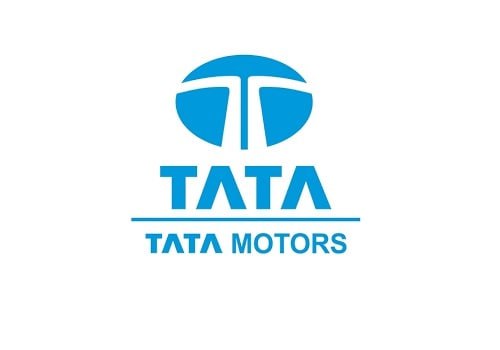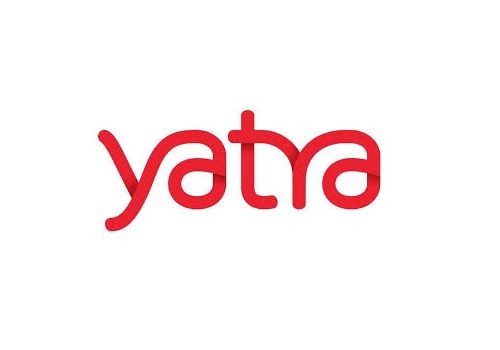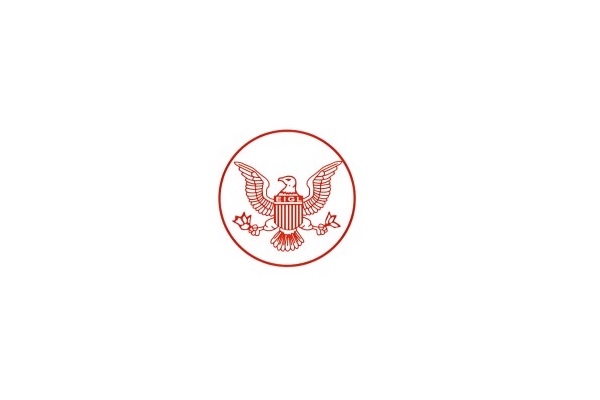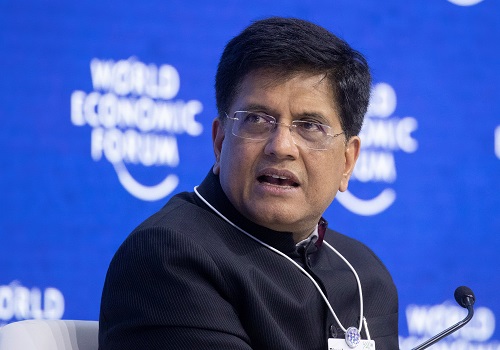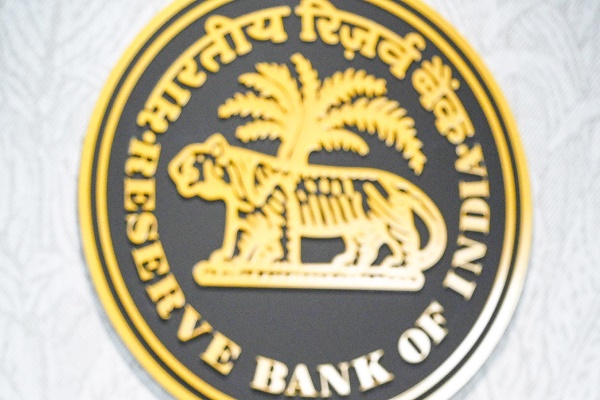Quote on Debt Outlook by Puneet Pal, Head Fixed Income, PGIM INDIA Mutual Fund

Below the Quote on Debt Outlook by Puneet Pal, Head Fixed Income, PGIM INDIA Mutual Fund
Bond yields across the curve edged higher in June even as the Reserve Bank of India’s (RBI) Monetary Policy Committee (MPC) delivered a higher than expected rate cut of 50bps in its 6th June meeting. Apart from the larger than expected rate cut, in a totally unexpected move, Cash Reserve Ratio (CRR) was also reduced by 100bps (in four equal tranches starting from 6th Sept).
While the rate cut and CRR cut were positive, bond markets got spooked by the change in the monetary policy stance to “Neutral” from “Accommodative” after just one policy (the monetary stance was changed from “ Neutral “ to Accommodative” in the last MPC policy in April). This change in the monetary stance and the comments in the MPC statement, “After having reduced the policy repo rate by 100 bps in quick succession since February 2025, under the current circumstances, monetary policy is left with very limited space to support growth.”
This led the bond markets to believe that the rate cutting cycle has effectively ended, resulting in yields rising across the curve with a steepening bias. The 10yr bond yield ended the month at 6.39%, up 10 bps during the month after having touched an intra-month low of 6.24% before the MPC policy.
The yield at the longer end of the curve (40yrs) went up by 24bps while the 5yr yield was up 14bps during the month. The decision of the MPC was taken with a 4-1 majority and the MPC lowered its Inflation forecast for FY26 by 30 bps to 3.70% from 4.00% while retaining its growth forecast of 6.50% for FY25. The rationale given for the front loading of rate cuts is to quicken policy transmission in order to support growth amidst benign Inflation.
Thus, the MPC and RBI (through its liquidity infusing measures) have unequivocally batted for supporting growth with growing confidence that the inflation trajectory will evolve in line with its projections. The MPC is likely to stay put on policy rates over the next couple of policy meetings and focus more on ensuring effective transmission of rate cuts done so far. The RBI governor, in a media interaction, commented that space for further rate cuts can open up if inflation trends below the RBI’s forecast, which is likely in Q4 of CY2025.
Consumer Price Index (CPI) inflation continued to trend lower for the seventh consecutive month, falling to 2.82% in line with expectations of 2.92%. Lower food inflation contributed to the softer CPI inflation. Core inflation came in at 4.20%. Stable core inflation and optimism regarding food inflation remaining benign have led analysts to project FY26 average CPI inflation at 3.50% (a tad lower than RBI’s projection of 3.70%). Wholesale Price Index (WPI) inflation also slowed to a 14-month low at 0.39% YoY. The food basket in WPI moderated to 1.80%, the lowest since Nov 23. Core WPI also edged lower to 0.80%.
Goods trade deficit narrowed to US$21.9 bn from April levels of US$26.40 bn, led by a sharp fall in oil imports with exports remaining steady. Services trade surplus remained broadly steady at US$15.3 bn. Monsoon rains improved and till June 27, cumulative rainfall was 10% above long-term average while weekly rainfall was 31% above long-term average. On a cumulative basis, rainfall was above-normal in North, West, Central and South India and below normal in East India. Till date, out of the 36 sub-divisions, 9 have received deficient rainfall, 12 have received normal rainfall, and 15 have received excess rainfall. As of June 20, the total kharif acreage was 10.4% higher than the same period last year.
Compared to the same period last year, rice sowing was 58% higher at 1.3 mn hectares. Pulses acreage at 0.9 mn hectares was 42% while coarse cereal acreage at 1.8 mn hectares was 22% higher than last year. Sugarcane acreage was 0.3% higher at 5.5 mn hectares, and cotton acreage was 7.3% higher at 3.1 mn hectares. Oilseeds acreage was 2% lower at 0.5 mn hectares. Basin-wise reservoir levels have been surplus in June. Among major river basins, Cauvery (South), Ganga (North and east), Godavari (West and South), Krishna (West and South), Narmada (Central and West), Tapi (Central and West) and West flowing southern rivers were surplus. Indus (North India) and Mahanadi (Central and East) were deficient. Overall, basins and reservoirs levels were 53% above long-term average for week-ending June 26.
INR volatility increased during the month, though it ended the month at 85.75 against the USD, little changed from the May end closing of 85.58. During the month, INR went to a low of 86.75 before recovering on USD weakness. INR depreciated 3.70% against the Euro during the month and has been an underperformer amongst Emerging Market currencies. The short USD position of RBI in the forward markets reduced to USD 65bn as of end May, from USD 78bn as of end Feb. Foreign Portfolio Investor (FPI) outflows from debt continued with over USD 3bn of outflows in the April- June quarter.
Money market yields trended lower after the rate cut but bounced back higher on seasonal tightness and higher supply due to quarter end. 1yr Certificate of Deposits (CDs) were trading at 6.35% and 3-month CDs were trading at 5.85% at the end of the month.
Globally, bond yields moderated during the month but given the higher spending and no real policy in place to tackle the growth debt burden, we expect long bond yields in developed markets to remain elevated.
Going ahead, we expect the yield curve to remain steep and expect the belly of the curve (5yr-10yr) to outperform.
Above views are of the author and not of the website kindly read disclaimer



